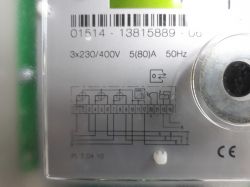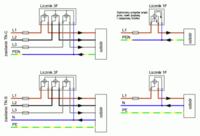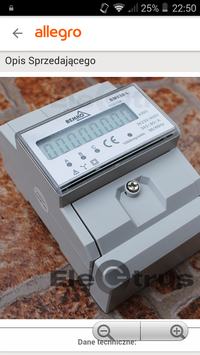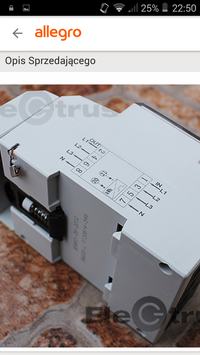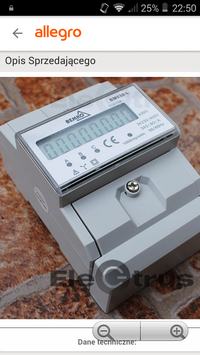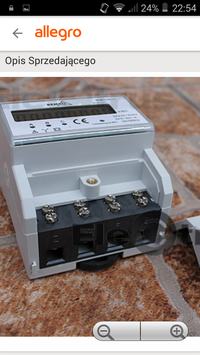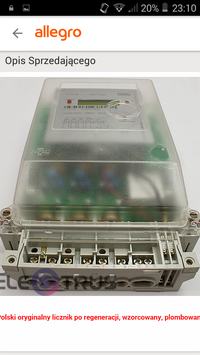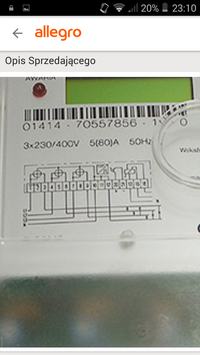I checked, the search will not always lead to the topic I am looking for. The indicated topic does not give a clear answer, but after analyzing it, I assumed that the phase sequence when connecting the meter does not matter. I installed an electronic meter which, according to the topic in the link, should inform me when it is connected incorrectly. The meter does not communicate anything, so I assume that it is ok.
I would like to add that I continued an old topic started by someone, and I did not start a new one. What does it mean that I am browsing the forum and not mindlessly letting someone answer me .... That's it when it comes to answering the question "Why?"
Now I am doing an inquiry. I assembled the counter as in the photos.
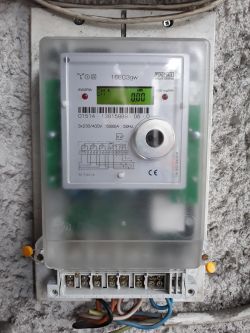
What are pins 2 for; 20; 21; 13; 15;
